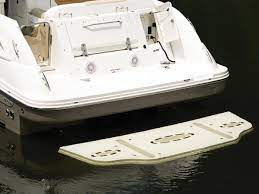The ever-increasing use of extra systems in the boating and shipping sector means a rapidly expanding need for more power on a boat, but the variables are so wide-ranging that it often throws up more questions than answers. Here we will try to examine some of those variables.
Hydraulic, AC, or DC electric.
For smaller boats, pleasure boats, and boats that do not need to be out at sea for long periods of time, DC power is the most convenient and the most commonly used form of power due to its economy and overall simplicity. AC power generally takes over for larger and commercial sector boats. AC power can have an almost unlimited run-time from a generator power source and requires smaller cabling than DC.

Hydraulic systems come into their own when the boat has a powerful diesel engine that can be used to power it. Any boat with winches, cranes, or other lifting and hauling gear will mostly be using hydraulic power for it. The advantage of hydraulic power is that it can be used almost non-stop and has low maintenance needs. It is the workhorse of many systems in the shipping industry.
On some boats, it is possible to retrofit a hydraulic power unit. The advantage here is once the system is in place, it is a cost-effective and efficient way to bring extra power in. However, in some cases, size and power constraints may prevent this. A range of hydraulic power units can be seen here hydraulic power unit.

The advantages of hydraulic.
Once the tank, cooler, filters, and pump are installed, it is possible to run multiple systems from this single source of power. It is fairly easy to install other systems without a great deal more than extra valves and hoses. It is not unknown for a single power source to be powering a further 25 systems, such as bilge pumps, by this method. The initial cost of a retrofit hydraulic system may not be worth it to run a single extra system, however.
